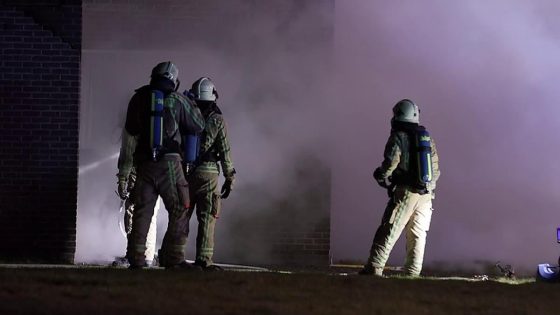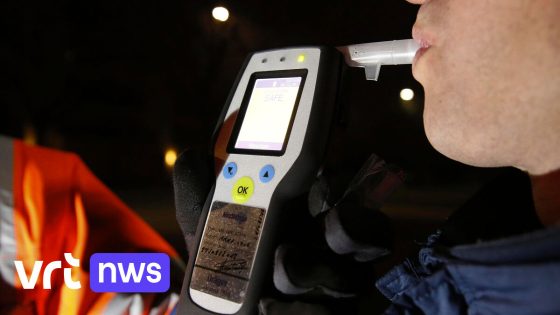The Kortessem garage fire case has gripped local attention since the early hours of 11 March 2021. At 4:20 am, firefighters rushed to a blaze that engulfed a garage adjoining an elderly woman’s home in Graafbeemdenstraat. Despite the severe fire damage, the cause remained a mystery for years, with suspicions of arson but no clear culprit.
- Brandweer reageerde snel op garagebrand Kortessem
- Brandversnellers gebruik wijst op brandstichting
- Telefoniegegevens tonen onbetrouwbare verdachteplaatsing
- Zoon vrijgesproken wegens gebrek aan bewijs
- Moeder mogelijk betrokken door mentale problemen
- Rechter waarschuwt voor tunnelvisie in onderzoek
Fast forward to 2025-08-07 19:57:00, the court finally ruled on the matter, acquitting the woman’s son amid doubts over the evidence. This decision raises important questions about the reliability of modern investigative tools and the search for truth in Belgian criminal cases. What really happened in that Kortessem garage, and who can we trust when technology seems to mislead?
Before we explore the court’s verdict, it’s worth noting the complexities that made this case so challenging—and why it still resonates in local communities.
How should Belgian authorities weigh digital evidence like phone mast data? This case demonstrates the risks of “tunnel vision” when investigators focus too narrowly on one suspect. Key points include:
- Phone mast records showed impossible location jumps, undermining their reliability.
- No DNA or fingerprints linked the son to the fire scene.
- Mental health issues raised the possibility the elderly mother started the fire herself.
- Other suspects, such as occupants of a black BMW seen nearby, were never fully investigated.
As this case closes, will Belgian courts and police refine how they interpret technology in criminal probes? The community deserves clarity and justice, urging authorities to improve investigative methods and ensure no stone is left unturned in future fire-related crimes.

































